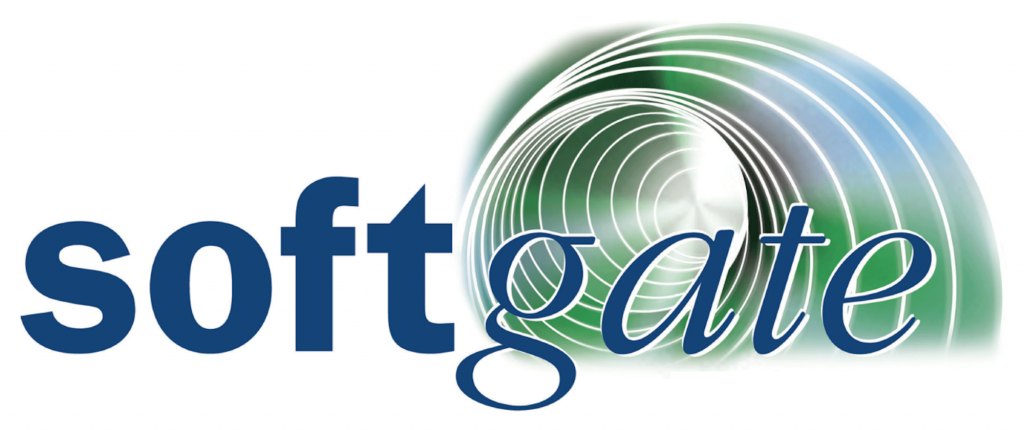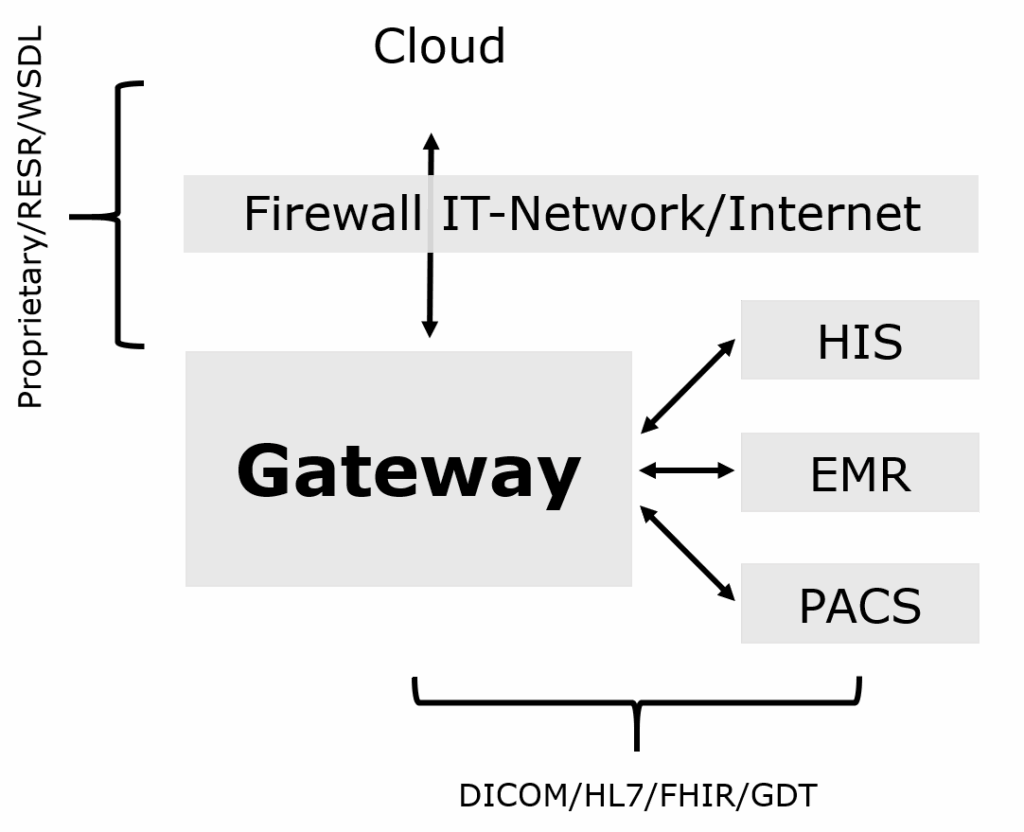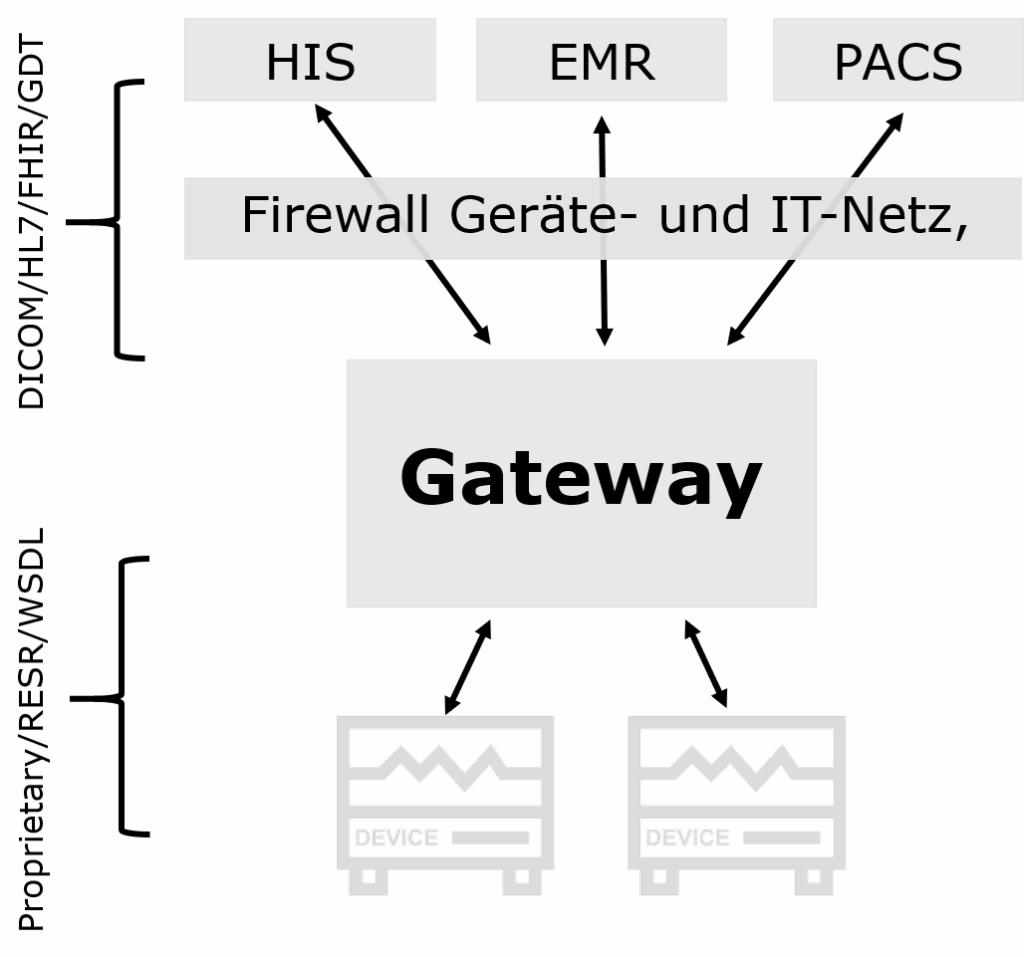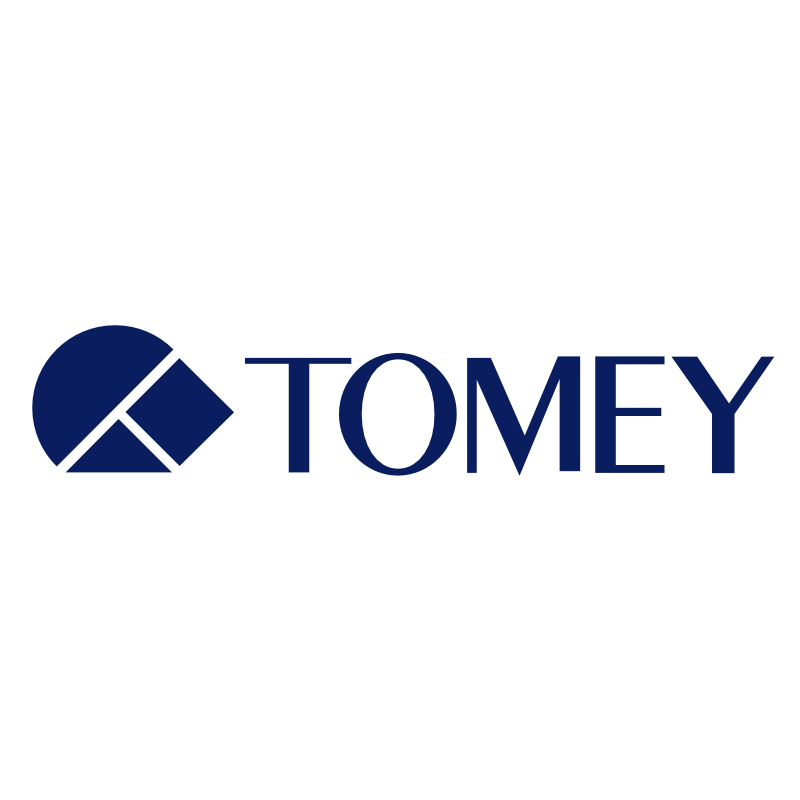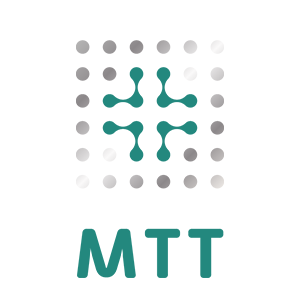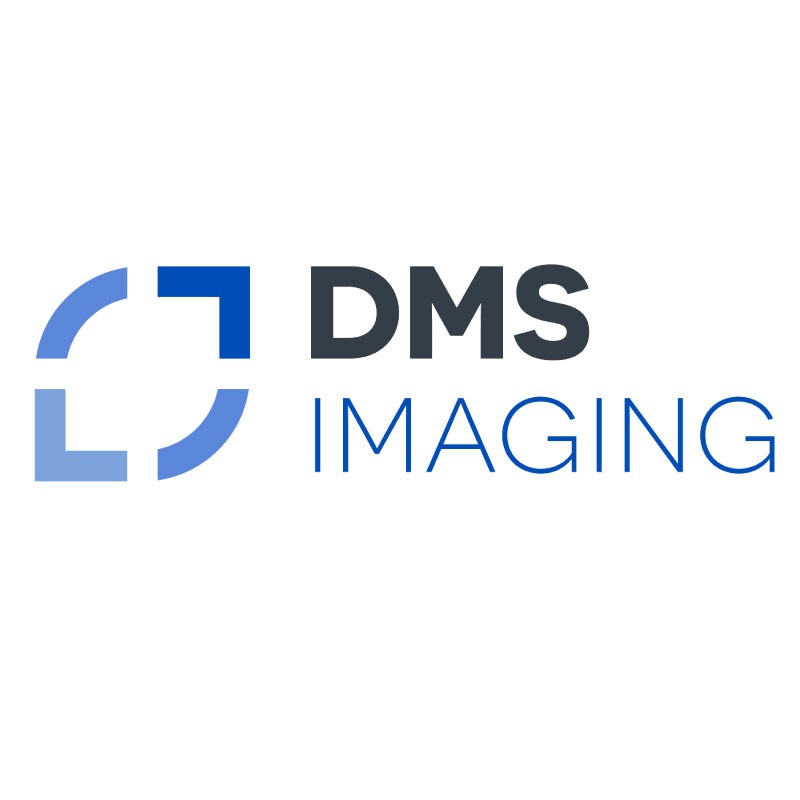Connectivity Gateway
We intelligently connect medical technology with the digital world.
Our experience in developing and integrating gateways (also known as edge devices) makes us a strong partner for manufacturers and healthcare facilities.
Whether single device or system solution.
